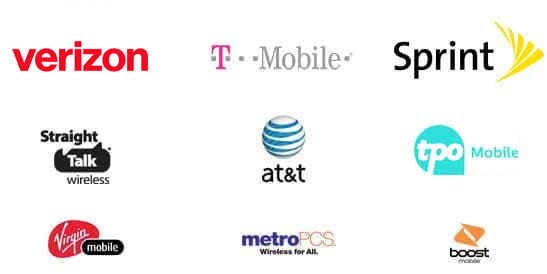Find the Best Cell Phone and Plan for You 

Wirefly helps you save on cell phones and plans by offering innovative comparison tools so consumers can make educated choices. Start saving today with Wirefly!
Find the Best Internet Service 

Wirefly helps you save on Internet service by offering innovative comparison tools to compare Internet providers in your area.




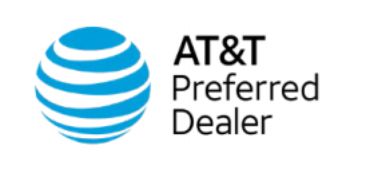

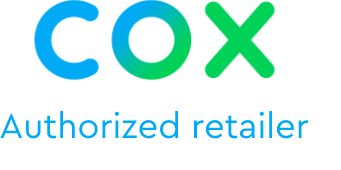
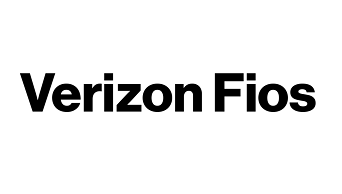


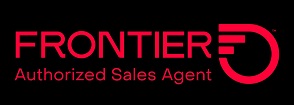


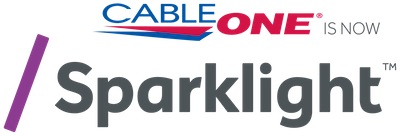

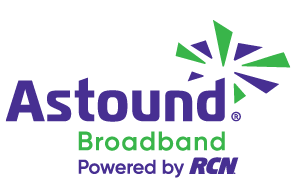
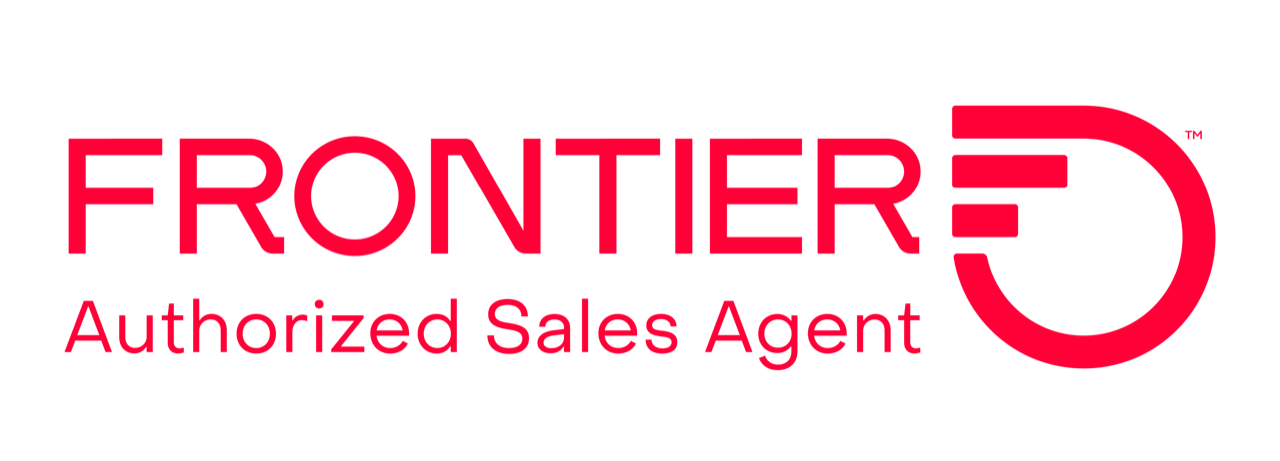
 Wirefly enables customers to find the best deals for high-speed Internet. By comparing cable, satellite, and DSL high-speed Internet providers, we find the right company and Internet option for each customer. When applicable, our tool can even find Internet options that are compatible with a customer’s current telephone or television service. Enter your zip code into the tool above to begin a search.
Wirefly enables customers to find the best deals for high-speed Internet. By comparing cable, satellite, and DSL high-speed Internet providers, we find the right company and Internet option for each customer. When applicable, our tool can even find Internet options that are compatible with a customer’s current telephone or television service. Enter your zip code into the tool above to begin a search.
 Since phone calls requires very little bandwidth, customers can use the Internet through a DSL connection and make phone calls at the same time. Unlike cable, DSLAM isn't compromised by the number of users who log on at once, so it can provide fast Internet service to multiple DSL units in one neighborhood. This means that while other services may advertise faster speeds, DSL may actually be faster in practice. However, if the nearest service provider’s office is far away, DSL can be difficult to use. The further the distance from the office, the more the quality of the connection can degrade. Prospective customers should check with their local providers and read customer reviews to ensure the quality of the DSL connection in their area. Also, customers without an existing analog phone line need to keep in mind that they will be required to install a phone line in order to set up a DSL connection.
Since phone calls requires very little bandwidth, customers can use the Internet through a DSL connection and make phone calls at the same time. Unlike cable, DSLAM isn't compromised by the number of users who log on at once, so it can provide fast Internet service to multiple DSL units in one neighborhood. This means that while other services may advertise faster speeds, DSL may actually be faster in practice. However, if the nearest service provider’s office is far away, DSL can be difficult to use. The further the distance from the office, the more the quality of the connection can degrade. Prospective customers should check with their local providers and read customer reviews to ensure the quality of the DSL connection in their area. Also, customers without an existing analog phone line need to keep in mind that they will be required to install a phone line in order to set up a DSL connection.